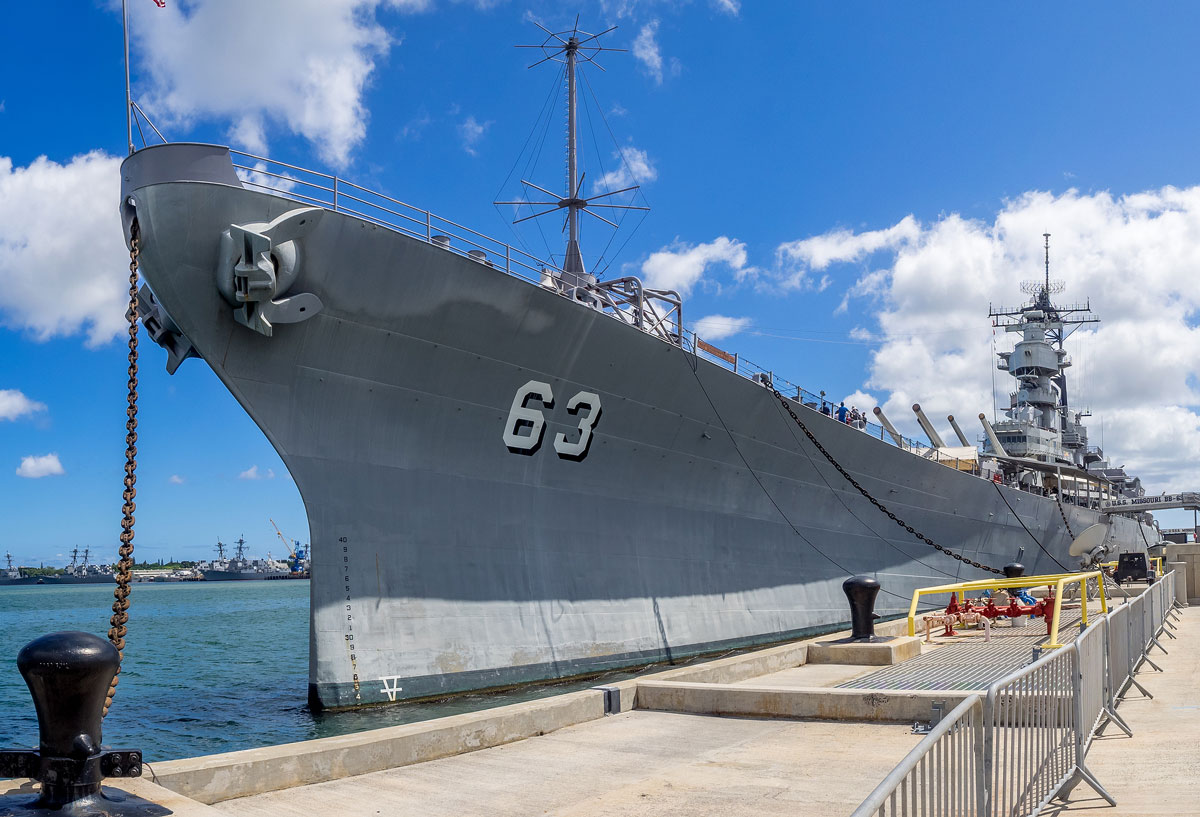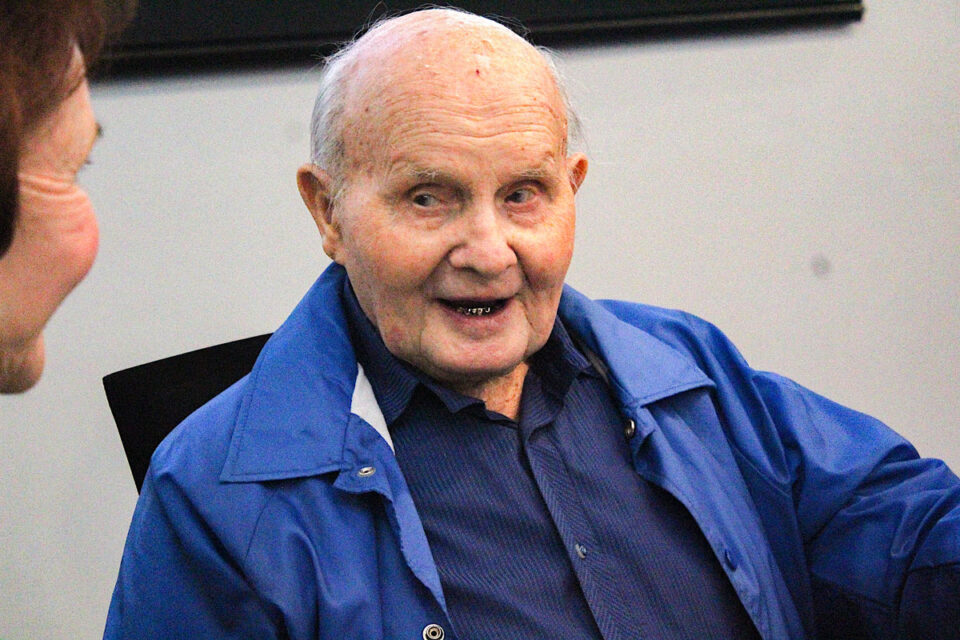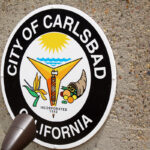CARLSBAD — Eighty years ago, President Franklin D. Roosevelt called the attack on Pearl Harbor “a day which will live in infamy.”
Roosevelt addressed the nation with those famous words after the Imperial Japanese Navy launched a surprise attack on Dec. 7, 1941, at the U.S. naval base at Pearl Harbor in Oahu, Hawaii. Enemy fighter planes had killed 2,335 military personnel, 68 civilians and destroyed or damaged 15 ships.
Today, the devastating blitz that served as a precursor to America’s involvement in WWII brings back memories for Oceanside resident George Coburn, who was stationed on the USS Oklahoma at Pearl Harbor and shared his story of survival on Dec. 7 at a Carlsbad Republican Women’s Federated event.
According to those in attendance, Coburn recalled the attack with levity, humor and humility.
“It took a while for us to understand we were being attacked,” Coburn told The Coast News. “We heard on the radio several air stations were being bombed.”

Coburn had enlisted in the U.S. Navy in 1938. Just three years later on Dec. 7, 1941, alarms rang for the sailors with an announcement for the sailors: “All hands, man battle stations, real planes, real bombs, no s—!”
Coburn said he quickly grabbed his shirt and ran to his station when the first of six torpedoes struck the ship, putting dozens of third-deck sailors in jeopardy.
As water filled the third deck, Coburn and others were able to escape and close the hatch. However, the next portion of the escape route was more perilous as he squeezed himself through the ship’s porthole as it capsized.
Once in the open sea, Coburn and others were exposed to Japanese fighters strafing the ocean surface that was covered in flames, burning from oil gushing from damaged ships.
Coburn jumped 75 feet into the water and then swam to the USS Maryland where he boarded and jumped into action feeding a gunner on deck.
Eleven days later, Coburn was assigned to the USS Louisville and when asked what battle he was in, he slyly replied, “every battle in the Pacific Theatre.”
One of his final missions was the legendary and violent Battle of Okinawa where a kamikaze plane hit near Coburn’s station knocking him unconscious and hitting him with shrapnel.
After achieving the rank of lieutenant junior grade and leaving the military, Coburn led an exciting life. He was married for 59 years and had two children.
Saundra Cima, who volunteers with Honor Flight San Diego, met Coburn three years ago when she traveled with him to Washington, D.C. and invited him to be a guest speaker at the event.
“It’s nice to have young people to get to hear the stories,” Cima said. “For me, it’s a treat of a lifetime. When he was in the military, he used it as a catalyst to do amazing things in his life.”
For Cima, the stories of those remaining from the Greatest Generation must be told to not repeat history.
And while Coburn shares his story openly, he said bluntly, “War is a waste.”



